What are TV seats and why were they installed at train stations (9 photos)
This invention of the 1970s came and went quickly, but was originally intended specifically for travelers who were forced to spend time at train stations waiting for their flight. 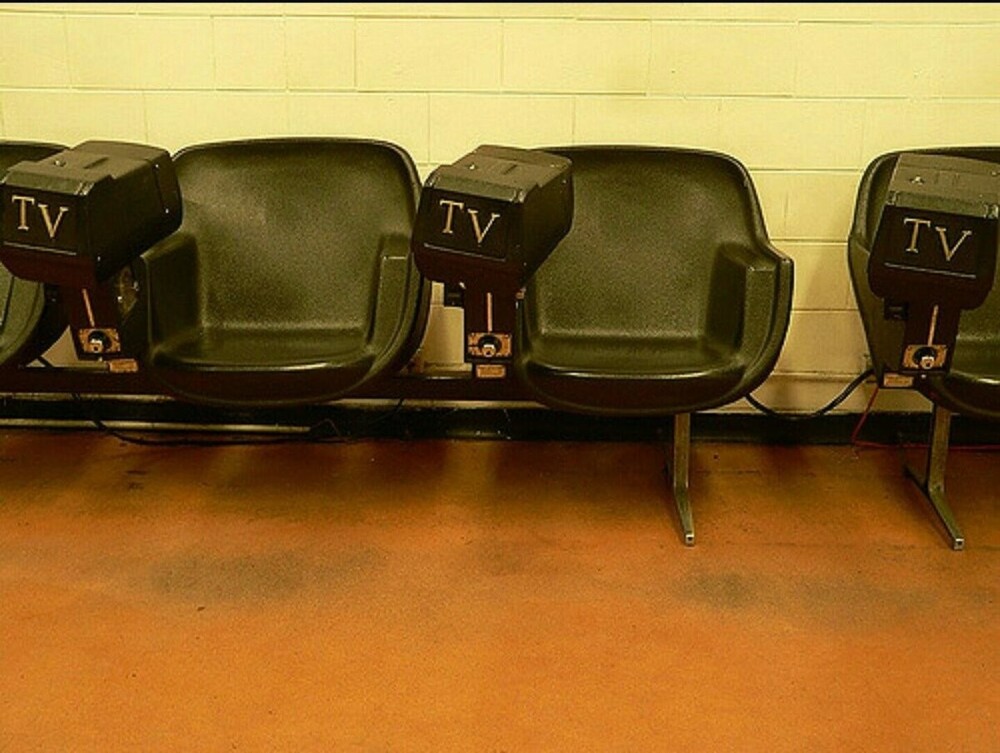
To prevent them from getting bored, and also to somehow spend money like real tourists, special “TV chairs” were invented for them. 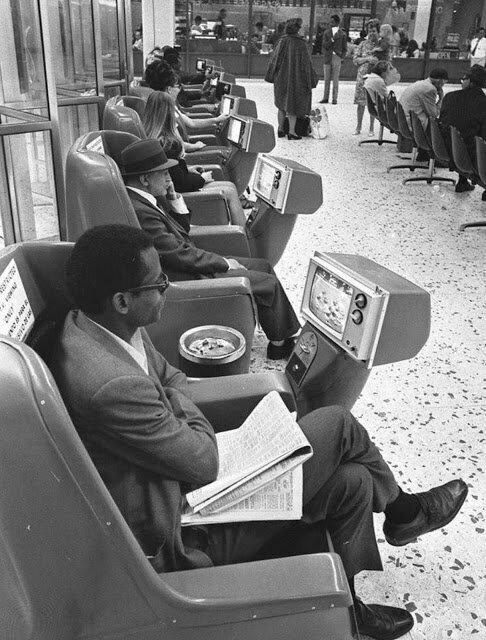
Tel-a-Chair at a bus station in Los Angeles
In a sense, people 50 years ago were exactly the same and preferred to wait, staring at screens - not smartphones and tablets, like we do now, but televisions. The TVs were accompanied by comfortable, larger chairs, which were noticeably better than the usual station rows of chairs - although the “TV chairs,” judging by the photos, were different in themselves. 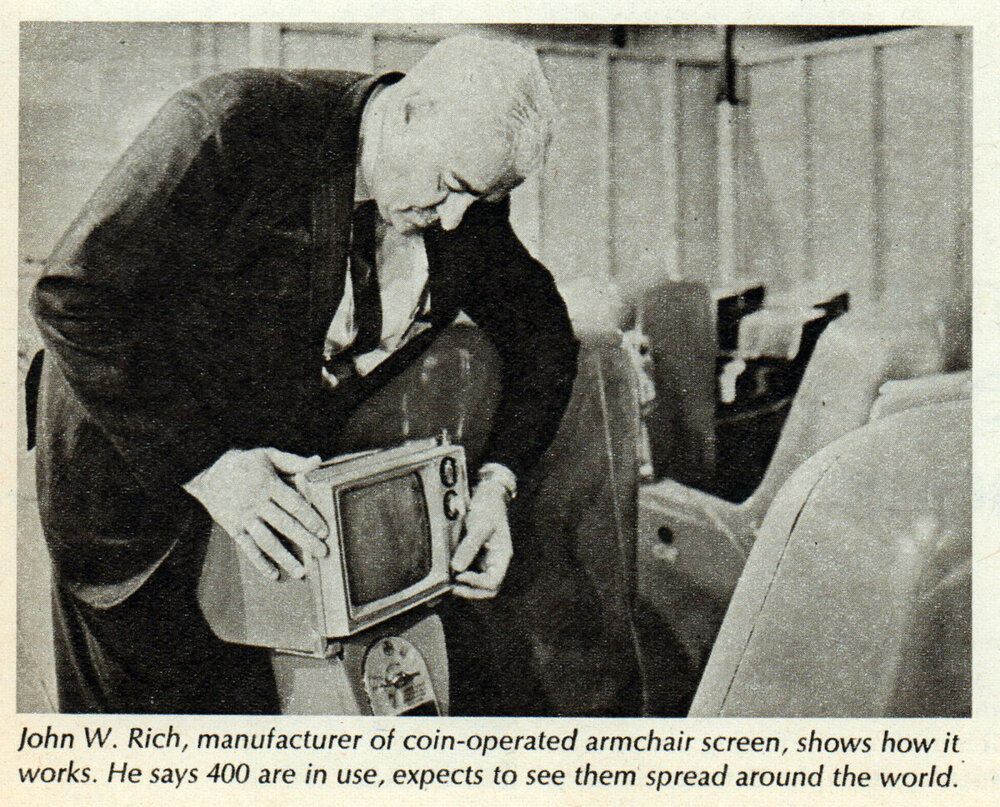
The name of the inventor of the “television chair” is given here - although there were two of them, John R. Rice and John W. Rich
In general, there was a lot to pay for: 10 cents for 10 minutes of sitting in a comfortable chair and the opportunity to click on programs (how many of them were there then, I wonder?) plus an urn for cigarette ash - you could smoke right in the hall without any problems! - not that expensive, in general. And it was cheaper wholesale - 25 cents per half hour. 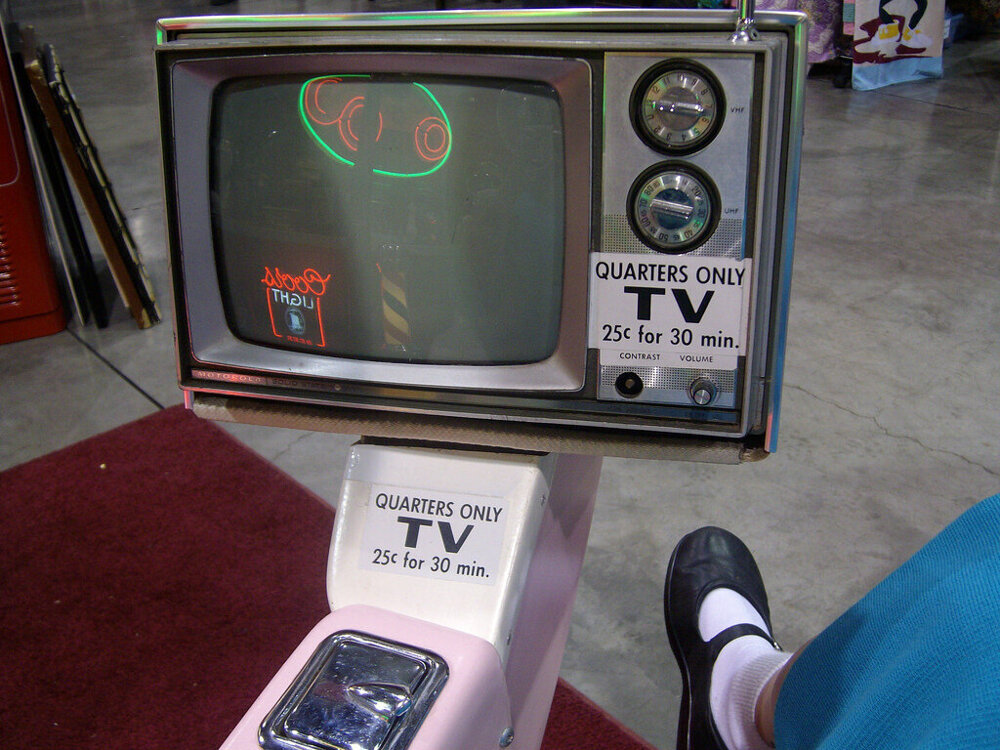
25 cents for 30 minutes is a good price
By the way, the chairs were so comfortable that they say that station attendants periodically found people sleeping comfortably in these chairs. By the way, the duties of these duty officers or security guards were to wake up such people and drive them away - well, unless they paid for the TV viewing, of course. 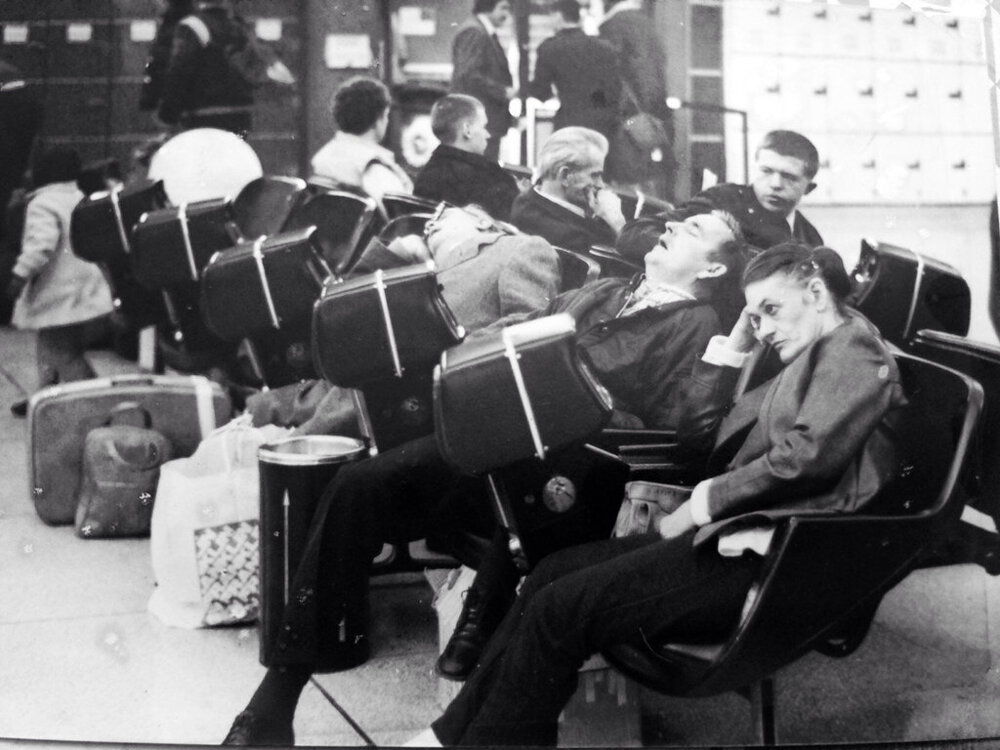
People fall asleep while watching TV in a TV chair
The equipment of the “TV seat” now resembles the “conveniences” of a car - in front of the “driver”, who sat in a comfortable chair, there was a 9-inch diagonal monitor, almost premium! This one came with headphones, but based on the photo, they were optional. 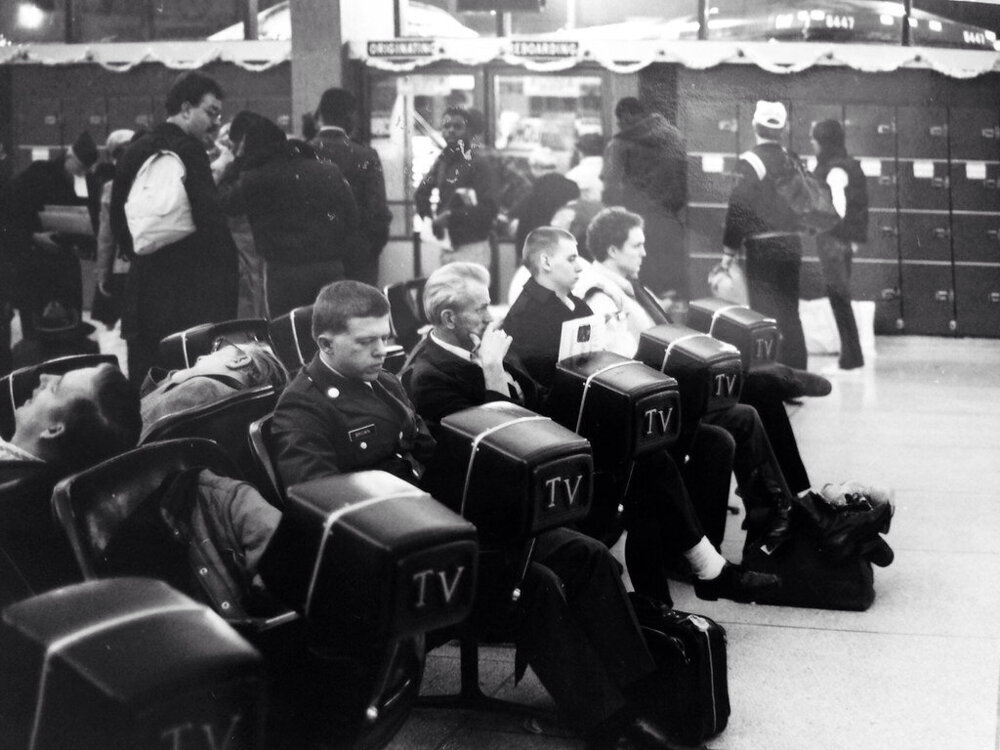
"TV chairs" at the station
In general, the mini-TV was more reminiscent of a slot machine - in the sense that there was a special coin acceptor under it, into which it was necessary to “make payments.” Now, probably, this is no longer used anywhere, except for tokens in the subway. 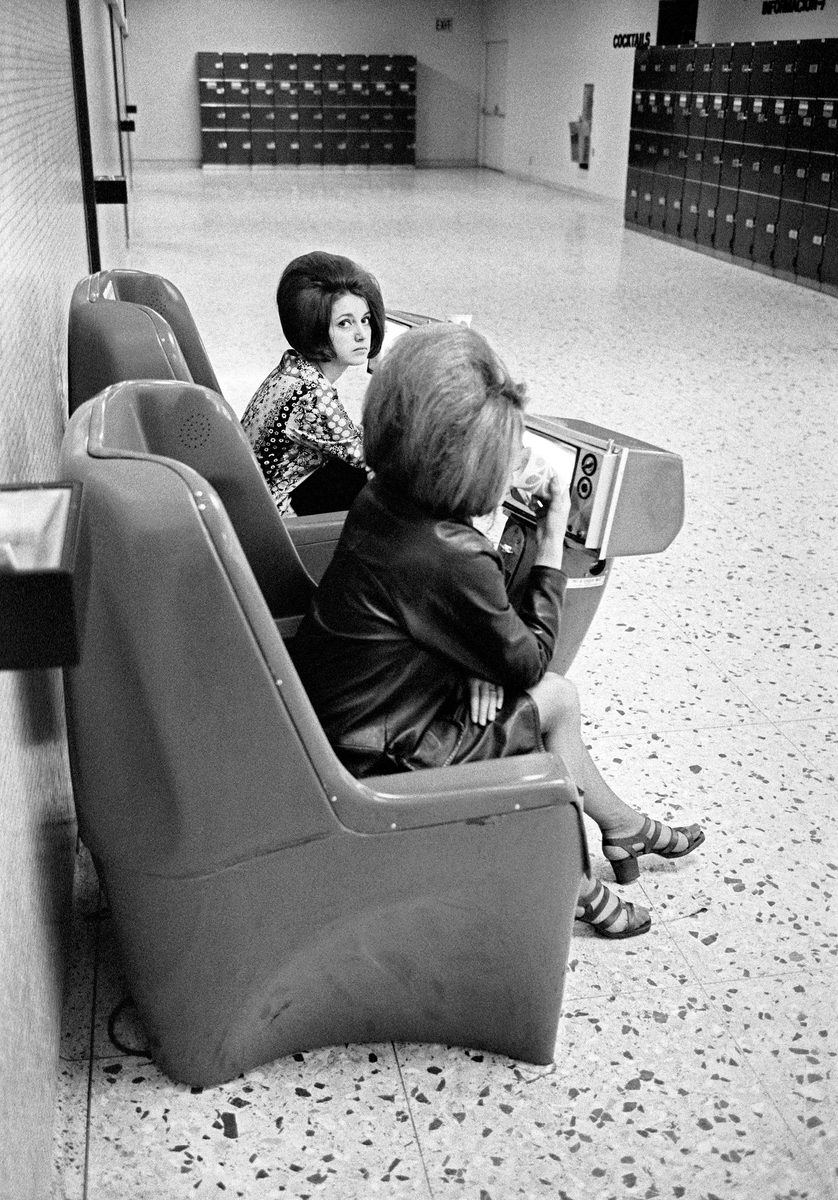
For some reason I want to use a hair dryer...
They say that the installation of such chairs was quite a profitable business; plans were reported to install them not only at train stations and airports, but even in hospitals, where people are also forced to spend time in queues - waiting for a doctor’s appointment or news about sick loved ones. 
Almost anti-advertising - reading a book in a chair with a TV
But they wanted to expand the business using a method that is very relevant today, in the era of interactivity - everything was invented before us, as they say. So, the manufacturing company planned to create “an instant rating system for advertisers of television networks,” that is, it intended to somehow track viewers’ reactions to TV programs and advertising. 
Such “TV chairs” were simpler and could clearly become widespread
But this idea, apparently, was ahead of its time, as were the “TV chairs” themselves. One way or another, their use has not become widespread. It seems that the Tel-a-Chair and Chair-TV - and there seemed to be several brands or models of these "television chairs" - were a test project and for some reason the idea did not take off, although people were clearly eager to use them.





























